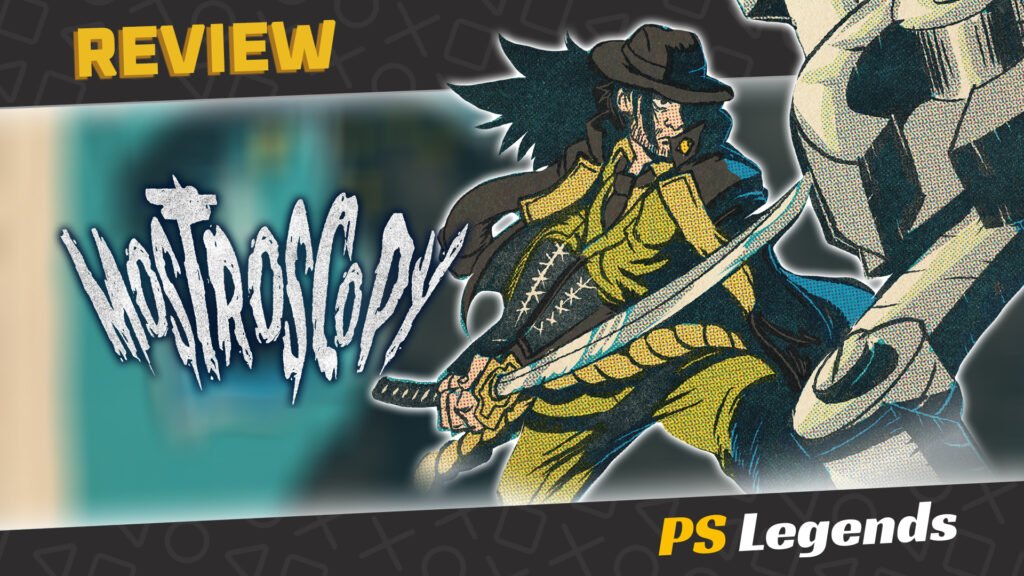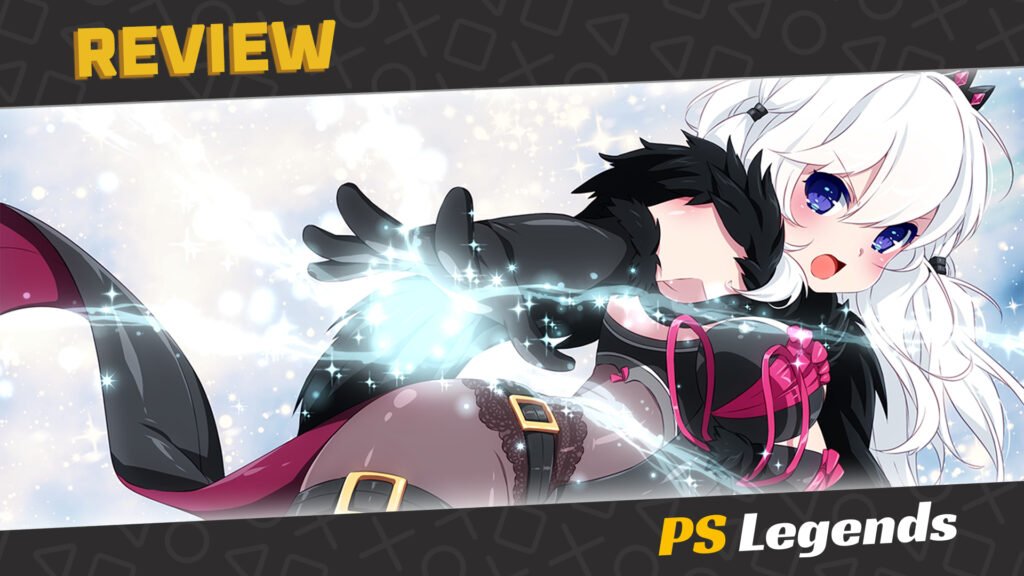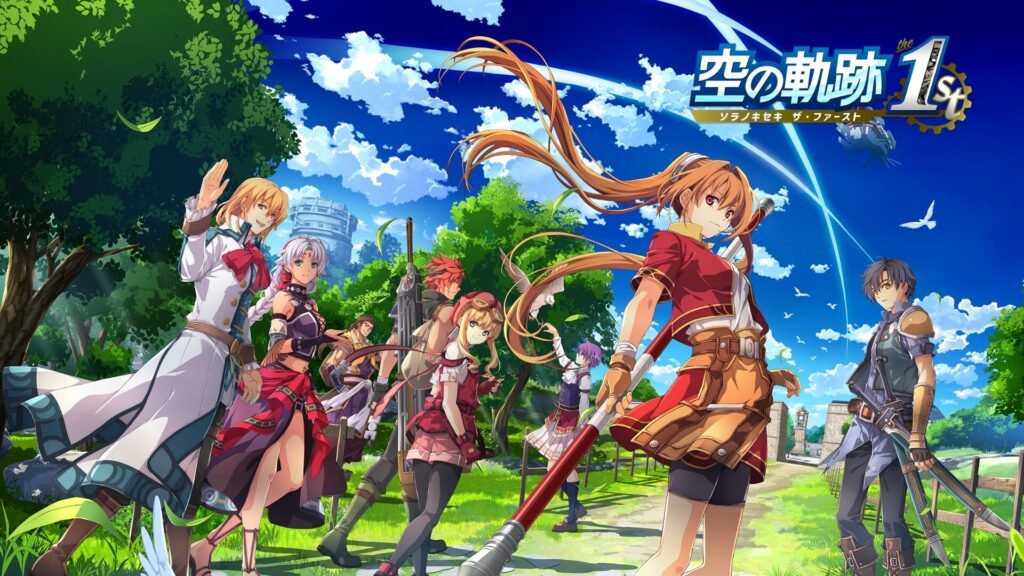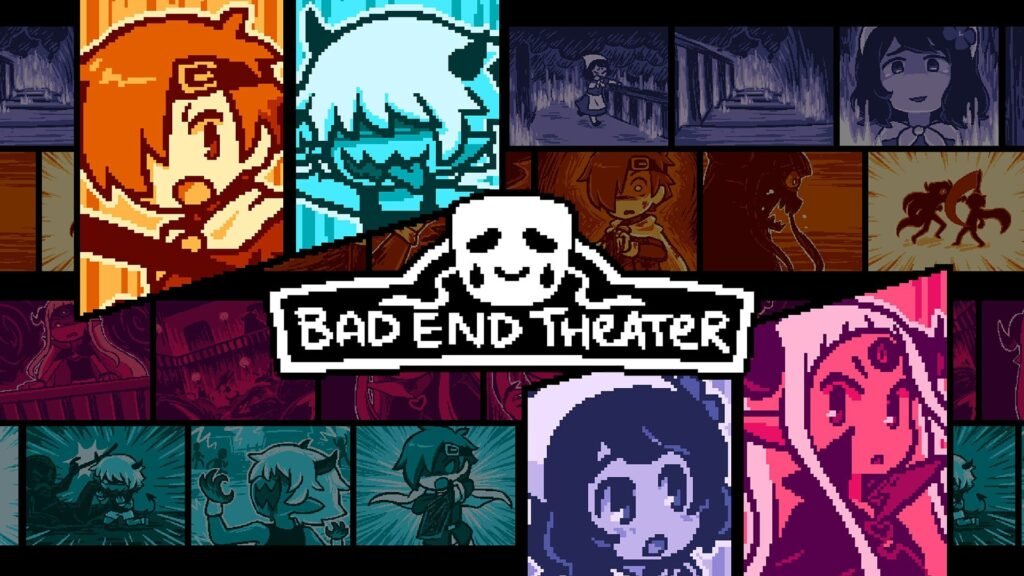I’ve said for a while now that Capcom’s iconic monster brawler series, Darkstalkers, really needs to make a comeback. They were fun games; be it the wacky assortment of monstrous characters available, the secretive demon world storyline which inspired a respectable anime series, or simply Morrigan Aensland’s gargantuan knockers, there was always something to love.
Of course, we never really saw a significant comeback. Maybe now, it’s time for a new contender to enter the ring. It’s here where newcomer Mostroscopy enters the fray. After spending my first couple of days with the game incorrectly calling it “Monstroscopy”, it’s time to talk about how it plays despite being somewhat difficult to actually say.
On This Page
Introduction
Mostroscopy is a ‘2.5D’ fighting game which fuses the themes of iconic monster brawlers such as Capcom’s Darkstalkers series with vintage Mexican shock-horror cinema and classic Lucha Libre films of the 1950s. The game was developed by Mexican indie studio Oribe Ware Games, and published by Seashell Studio as a cross-buy title for the PlayStation 4 and PlayStation 5 on 7th May, 2025. This was actually two weeks earlier than its scheduled release date.
The title features an eclectic assortment of monsters and masked luchadores, combined with simplified gameplay featuring a basic three-button setup. The diverse fighter roster includes luchadores, vampires, werewolves, ghosts, mummies, zombies, and many more. The presentation alternates between retro black and white cinematography and vintage Technicolor.
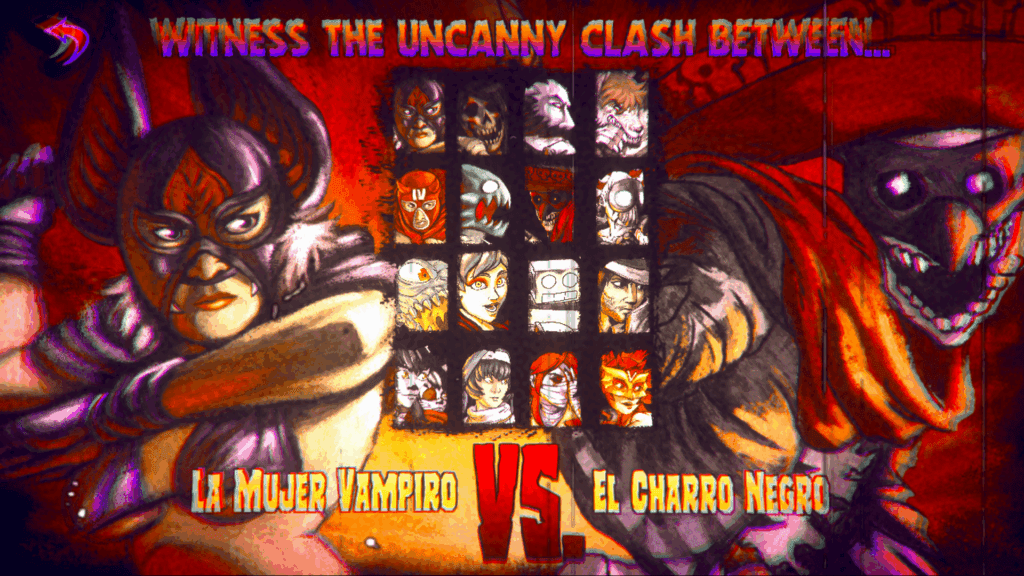
Story
Regrettably, Mostroscopy rather mimics the trends of old-school beat-’em-ups and largely sidesteps the story. Characters are briefly introduced with still, visual-novel-esque cutscenes and climaxed with an accompanying epilogue scene, yet this tale doesn’t really evolve beyond these brief glimpses of narrative.
Most character arcs consist of personal rivalries with another roster character. These could be archenemies or more personal vendettas, yet none are really explained in great detail. One or two character stories reference a prequel comic set just before the events of the game, a comic which isn’t exactly common knowledge or easily available.
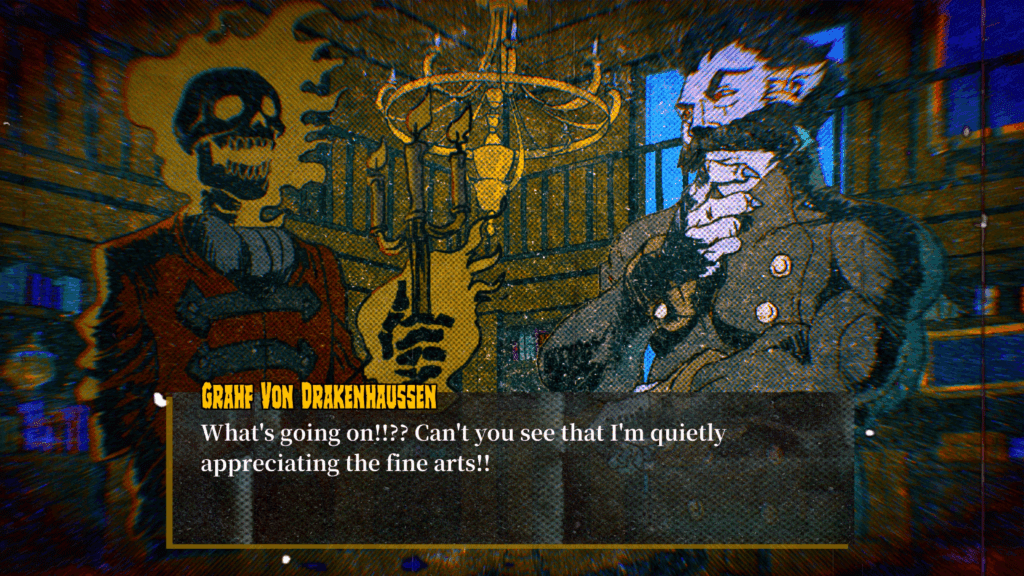
Gameplay
Each of the 16 playable fighters has their own attacks, however each uses a simplified command system inspired by Street Fighter x Tekken. Each fighter has 3 basic moves: the normal attack, a special attack and a guard button. By combining these inputs with basic move directions, the move is modified accordingly.
‘Story Mode’ acts as the game’s arcade mode. Your chosen fighter will work through a selection of ‘best of three’ matches before facing off against the final boss. Cinematic comic-book-style images and visual-novel-style cutscenes before and after the battle run will reveal the motivations and fate of each combatant.
‘Versus Mode’ also allows single battles to be arranged on your terms, or allow a local multiplayer battle for 2 players. ‘Challenge Mode’ sets demanding challenges where players can perform different combos with each character. Alternatively, ‘Training Mode’ allows players to freely practice input timing and combo flows.

Graphics/Sound
The game reuses the ‘2.5D’ fighting engine used in Capcom’s newer Street Fighter games. This means that characters and backgrounds are created in 3D, however the camera is locked and characters will move along a fixed radial position, without the ability to sidestep or free-run. This is a cost-cutting design created to limit the amount of visible stage to be constructed.
There’s an additional style to the presentation representative of early, vintage cinematography. Fans of the film-noir inspired Skullgirls will find similarities here, though the game leans towards Mexican trends rather than American ones, and alternating presentation which switches between traditional black and white, and the prominent neons of early Technicolor. Film grain and film reel tearing effects remain constant throughout.
Story cutscenes aren’t voiced at all, however characters will speak a few short lines of battle cries while fighting. The music, however, is one of the game’s better components, with catchy themes phasing in and out from fight to fight which really help get that adrenaline pumping.
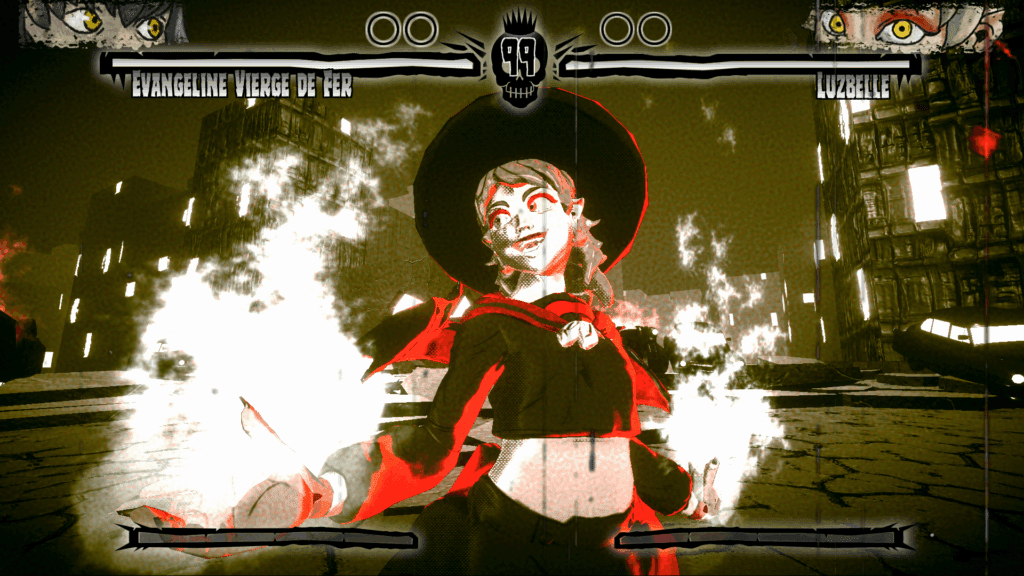
Replayability/Trophies
While there will be some other bits and pieces that you’ll hopefully unlock along the way, the majority of the trophies are awarded for completing the game’s Story Mode and Challenge Mode with each character. Again, you’ve got 16 characters’ campaigns to work through, one by one, which will take some time, but can be modified by using the game’s generous selection of difficulty options.
Challenge Mode certainly lives up to its name, though I’m not sure it’s an entirely fair challenge. Completing each character’s list of pre-selected combos from the list provided is near impossible when the game offers a very harsh timing window to deliver even the shorter combos, and rejects even perfectly performed inputs which aren’t done in the game’s split-second accuracy window. Only the most patient need apply.
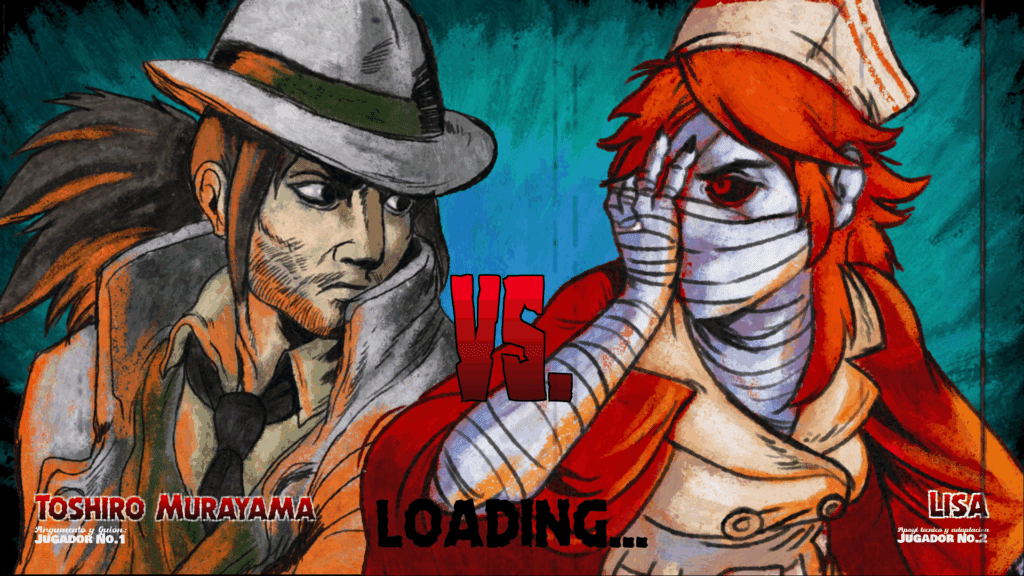
Conclusion
While the theme of a luchadore brawler is something few will have experienced before in gaming, this is really the only gimmick that gives Mostroscopy some sense of identity, yet one could argue this isn’t much of a highlight and feels rather tacked on. The game looks and feels a bit too much like Street Fighter crossed with Darkstalkers and Skullgirls, and so is anything but original.
Mostroscopy also picks up the bad habits of cheaply-made fighters by really skipping out on the narrative arcs of each character as well as a grander, overarching plot. Ending cinematics are replaced with still images and comic book-like pages akin with the early Soul Calibur games, rather than the impressive video scenes used in the Dead or Alive series, or the huge, visual novel narratives which are the standard of the Blazblue series.
As such, Mostroscopy doesn’t really stand out from the crowd. It sacrifices its own identity in order to pay homage to other beat-’em-ups, while the basic three-button interface makes for a game that’s very easy to pick up and play, yet also very dull to watch as we button-mash our way through constantly reused move-sets. Certainly not a bad game, but one that fails to go above and beyond to deliver something impressive.
Joys
- Quirky visual style
- Simple inputs and interface
- Plenty of characters
Cons
- A weak substitute for DarkStalkers
- Very little story
- Annoying Challenge Mode and trophies
